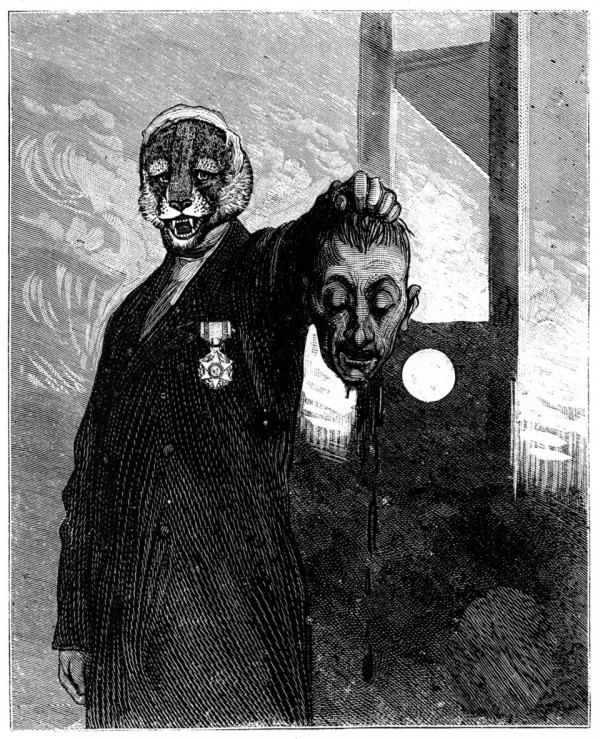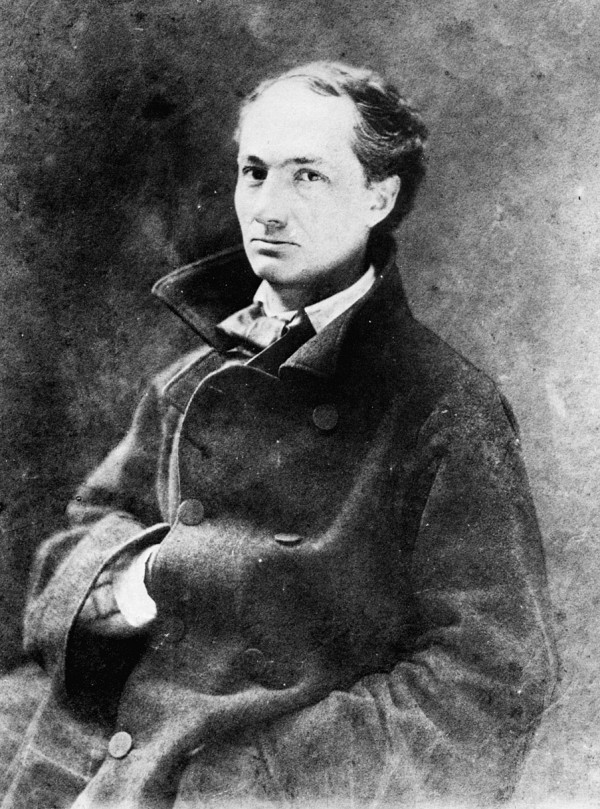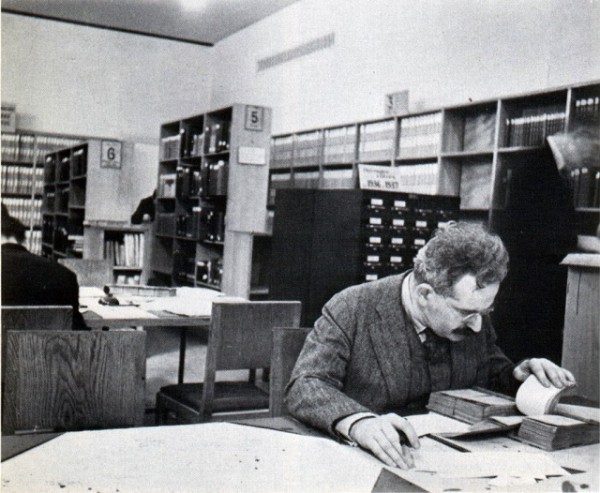Prague: Capital of the Twentieth Century

By Esther Galfalvi
Derek Sayer’s meandering dérive through the hall of mirrors of 20th century European history may prove taxing to the scholar who expects a clearly signposted route, but exhilarating to the intellectual flâneur. The subtitle, A Surrealist History, gives the first enigmatic, elliptical tickle: Is this a book on Surrealism? Is it a book on the Surrealists? Or is it a work of Surrealism in itself? It eludes and elides easy categorisation – by design, for the point of Sayer’s psychohistorical walk is precisely to subver ‘grand narratives.’ With Prague, it seems that Sayer is not only putting a damper on a coherent interpretation of history, but setting fire to the notion of traditional, formal scholarship. Seekers of a chronological or thematic history of Prague should look elsewhere, but anyone wishing to experience an intuitive grasp of Modernism – artistic, literary, political – should buy a ticket and take a seat.
Disasters of the century

Max Ernst’s surrealist ‘graphic novel’, Une semaine de bonté:
The 184 collages of Une semaine de bonté [A Week of Kindness] were created during the summer of 1933 while Max Ernst was staying at Vigoleno, in northern Italy. The artist took his inspiration from wood engravings, published in popular illustrated novels, natural science journals or 19th century sales catalogues. With infinite care, he cut out the images that interested him and assembled them with such precision as to bring his collage technique to a level of incomparable perfection. Without seeing the original illustrations, it is difficult to work out where Max Ernst intervened.
Margins of the city

‘Baudelaire, Benjamin and the Birth of the Flâneur’ by Bobby Seal.
It is, therefore, clear that Baudelaire established a tradition that moved through the early modernists, to the Surrealists and on to the Situationists. As part of the latter movement, Guy Debord developed the notions of the dérive and the ‘spectacle’. A dérive (in English ‘drift’) is the means by which ‘psycho-geographies’ are achieved. A drift is an unplanned walk, usually through a city or marginal area, and a psycho-geography involves the walker creating a mental map of the city which, “depends on the walker ‘seeing’ and being drawn into events, situations and images by an abandonment to wholly unanticipated attraction.” (Chris Jenks (ed), ‘Visual Culture’)
Face of an alarm clock

‘An A to Z of theory’, Ceasefire discuss Walter Benjamin on Surrealism, storytelling and cultural politics.
